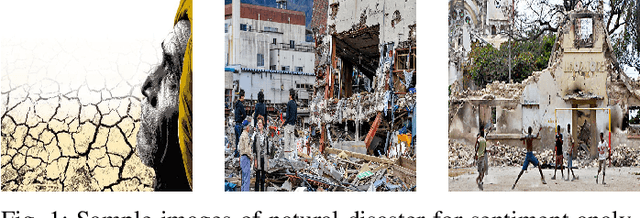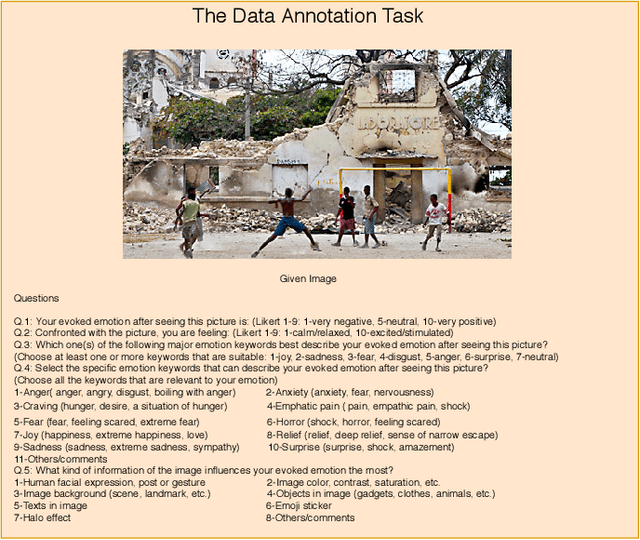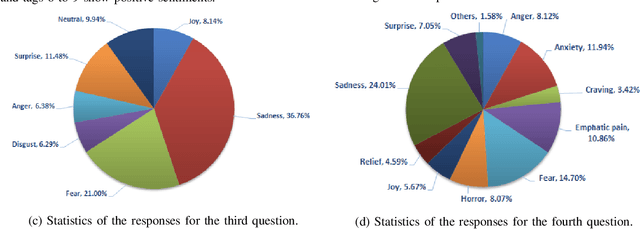Paal Halvorsen
Visual Sentiment Analysis: A Natural DisasterUse-case Task at MediaEval 2021
Nov 22, 2021Abstract:The Visual Sentiment Analysis task is being offered for the first time at MediaEval. The main purpose of the task is to predict the emotional response to images of natural disasters shared on social media. Disaster-related images are generally complex and often evoke an emotional response, making them an ideal use case of visual sentiment analysis. We believe being able to perform meaningful analysis of natural disaster-related data could be of great societal importance, and a joint effort in this regard can open several interesting directions for future research. The task is composed of three sub-tasks, each aiming to explore a different aspect of the challenge. In this paper, we provide a detailed overview of the task, the general motivation of the task, and an overview of the dataset and the metrics to be used for the evaluation of the proposed solutions.
Visual Sentiment Analysis from Disaster Images in Social Media
Sep 04, 2020



Abstract:The increasing popularity of social networks and users' tendency towards sharing their feelings, expressions, and opinions in text, visual, and audio content, have opened new opportunities and challenges in sentiment analysis. While sentiment analysis of text streams has been widely explored in literature, sentiment analysis from images and videos is relatively new. This article focuses on visual sentiment analysis in a societal important domain, namely disaster analysis in social media. To this aim, we propose a deep visual sentiment analyzer for disaster related images, covering different aspects of visual sentiment analysis starting from data collection, annotation, model selection, implementation, and evaluations. For data annotation, and analyzing peoples' sentiments towards natural disasters and associated images in social media, a crowd-sourcing study has been conducted with a large number of participants worldwide. The crowd-sourcing study resulted in a large-scale benchmark dataset with four different sets of annotations, each aiming a separate task. The presented analysis and the associated dataset will provide a baseline/benchmark for future research in the domain. We believe the proposed system can contribute toward more livable communities by helping different stakeholders, such as news broadcasters, humanitarian organizations, as well as the general public.
 Add to Chrome
Add to Chrome Add to Firefox
Add to Firefox Add to Edge
Add to Edge